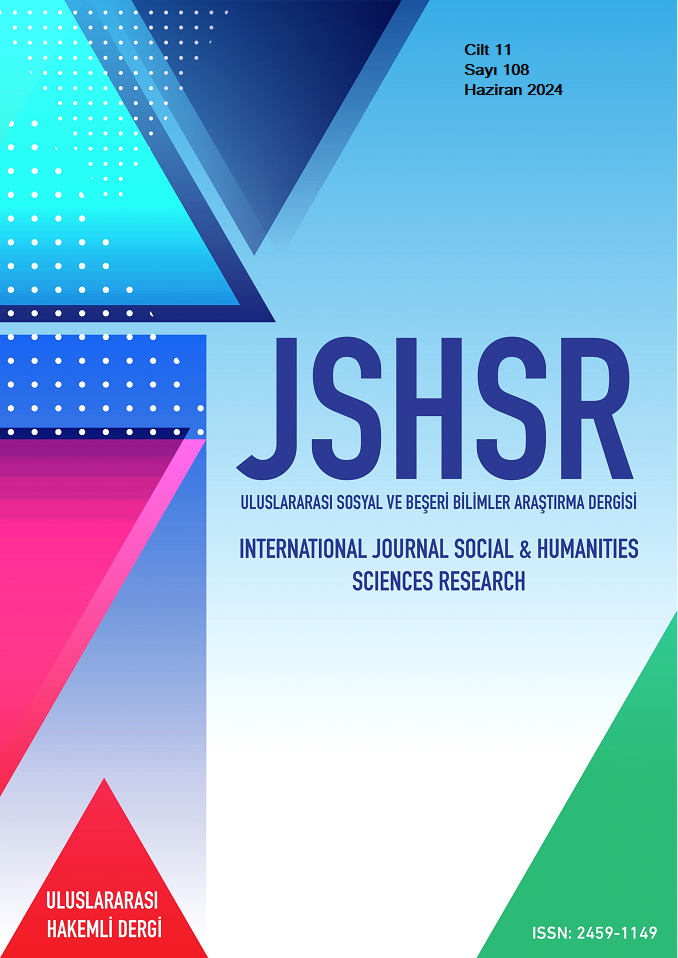“Conduction” as an Example of Collective Improvisation in Jazz Music
DOI:
https://doi.org/10.5281/zenodo.12638923Keywords:
Conduction, Improvisation, Indeterminacy, Ensemble Performance, Musical CommunicationAbstract
Lawrence D. ‘Butch’ Morris (1947-2013), an American jazz musician, cornetist, bandleader, arranger and composer, developed a practice in the second half of the 20th century that could give direction to collective improvisation in jazz music, transforming it into a controllable material, and called this practice ‘conduction’. In conduction, there is no traditional relationship between the work, orchestra or conductor. The predetermined or completely spontaneous musical material can be extended or terminated timbally, texturally or formally by the conductor's directions. Conduction offers the conductor and each performer a space of individual freedom within collective improvisation. The aim of this study is to explain the principles of conduction as a means of controlling and directing basic musical parameters within the act of collective improvisation. In this method, each performer who contributes to the production of improvised music contributes to the musical integrity without breaking communication with the other members of the ensemble. The individual skills and musical knowledge of the performers increase the musical richness of the ensemble improvisation, and in this way, personal creativity serves the whole of the music. At this point, the method is considered to contribute positively to the organic functioning of ensemble performance. During the performance, no one performer can get ahead of the other, there is no hierarchical situation. This creates an environment of absolute equality in the creation of music. The study is limited to Butch Morris's conduction method and its application practices. The basic practices of this method are explained and the application methods are presented through the composer's own performance practice.
References
Berendt, J. E. (2010). Caz Kitabı: Ragtime'dan Fusion ve Sonrasına. Ayrıntı Yayınları.
Jost, E. (1994). Free Jazz. Da Capo Press.
Kennedy, M. & Kennedy, J. (2007). Oxford Concise Dictionary of Music. Oxford University Press.
Kernfeld, B. Ed. (1996). The New Grove Dictionary of Jazz. St. Martin’s Press.
Morris, L. D. “Butch”, (1991), Dust to Dust, CD, New World Records.
Morris, L. D. “Butch”. Veronesi, D. (Ed.) (2017). The Art of Conduction, A Conduction Workbook, Karma Published
Nettl, Bruno, Doğaçlama başlığı, The New Grove Dictionary Music and Musicians, Improvisation, Çevrimiçi kaynak, (ET: 25.11.2023).
Randel, D., (1995). The New Harvard Dictionary of Music. The Belknap Press of Harvard University Press.
Smith, W., (1973). Notes (8 Pieces) Source a New World Music: Creative Music. Leo Smith Published.
[URL 1] http://www.conduction.us/
Downloads
Published
How to Cite
Issue
Section
License
Copyright (c) 2024 INTERNATIONAL JOURNAL OF SOCIAL HUMANITIES SCIENCES RESEARCH

This work is licensed under a Creative Commons Attribution 4.0 International License.


